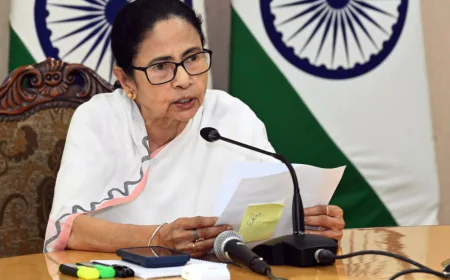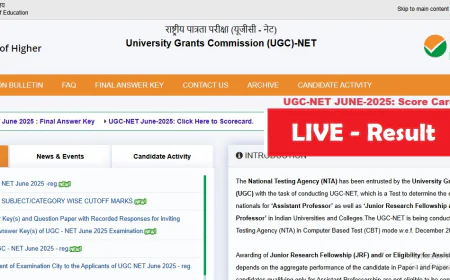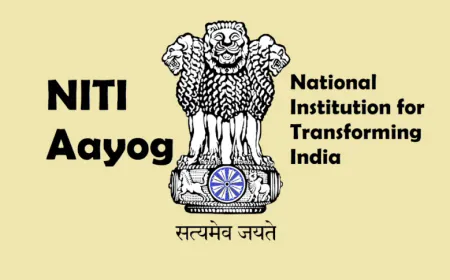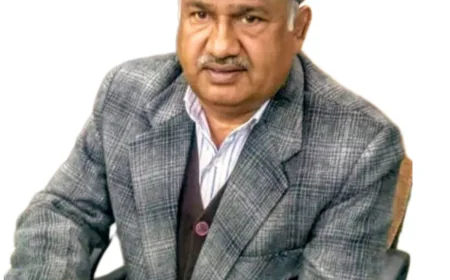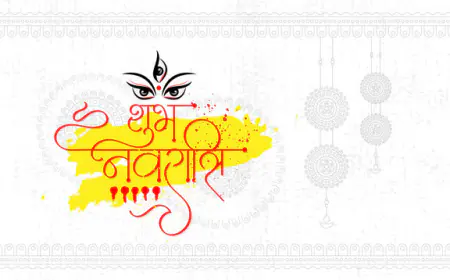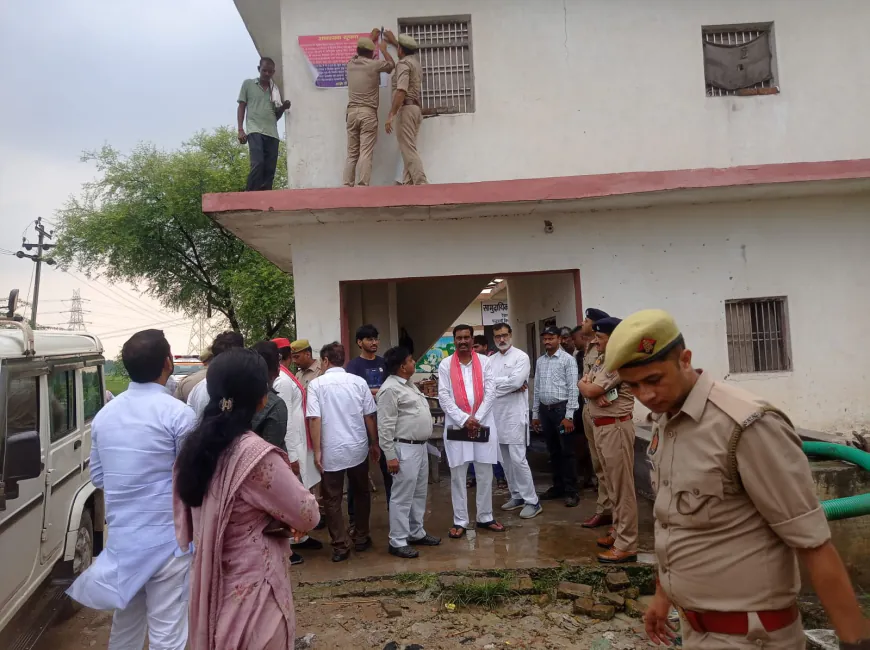12 February (Birth Anniversary Special) Ravidas: An Indian mystic poet-saint of the Bhakti movement

12 February (Birth Anniversary Special) Ravidas: An Indian mystic poet-saint of the Bhakti movement.
Sant Ravidas Jayanti is celebrated on the full moon day of the month of Magh. On this unique day, people participate in Nagar Kirtan processions, chanting mantras during aarti. Dohas, songs, and music are sung in temples. In addition, some devotees and followers take a bath in the Ganges River or other holy places before worshiping his image at home or in a temple. Guru Ravidas dedicated his life to promoting equality and human rights. Additionally, some of his works were also included in the Guru Granth Sahib Ji. One of the most famous members of the Nirguna sect (Sant tradition), he was also a leading figure in the Bhakti movement in North India. For people from lower castes, he also represented resistance to untouchability in society on the part of the upper caste. In North India, including Punjab, Himachal Pradesh, and Haryana, Sant Guru Ravidas Jayanti is widely celebrated.
■ Priyanka Saurabh
A member of the Bhakti movement, Ravidas was a mystic poet and saint of India. The Ravidassia religion was founded by the Indian mystic poet-saint Ravidas in the 15th and 16th centuries CE. He was also a member of the Bhakti movement. He was revered as a guru (teacher) in the Punjab and Haryana regions as well as Uttar Pradesh, Rajasthan, Maharashtra, and Madhya Pradesh. He was a social reformer, poet-saint, and spiritual leader. Ravidas' life story is disputed and obscure. According to scholars, he was born into the cobbler caste around 1450 CE. The erudite verses written by Ravidas were included in the Guru Granth Sahib, a collection of Sikh scriptures.
In Hinduism, the Panch Vani text of the Dadupanthi tradition contains a large number of poems by Ravidas. He advocated the elimination of caste- and gender-based social divisions and promoted unity in the fight for individual spiritual freedom. Mata Kalsi, a cobbler, and Santokh Das, a member of an untouchable caste. When he was twelve, he married Lona Devi, and they had a son named Vijay Das. On the banks of the Ganges, Ravidas turned his attention to spiritual endeavors. He visited the Himalayas, Gujarat, Rajasthan, Maharashtra, and Andhra Pradesh on long pilgrimages. The Bhakti saint-poet Ramanand became his disciple. He rejected the Saguna form of devotion and supported the Nirguna sect. Ravidas' teachings represent opposition to untouchability and the prejudice of higher caste members against lower caste people.
His devotional verses are used extensively in Sikh scriptures. It has been suggested by scholars that Ravidas interacted with Guru Nanak, the founder of Sikhism. As one of the 36 authors of the Adi Granth, a major scripture of Sikhism, 41 of his poems are included in it. According to the Sikh text Prembhodha, which was composed 170 years after his death, he is one of the seventeen saints recognized by Indian religions. Many of the poems attributed to Ravidas in the Panch Vani text are part of the Hindu Dadu Panthi tradition. Anantadas Parakai, which describes the birth of Ravidas, is considered one of the oldest existing biographies of poets of the Bhakti movement. According to the Bhaktamal, he was a student of the Brahmin bhakti-poet Ramananda, who lived from 1400 to 1480 A.D. Ravidas is therefore considered a contemporary of Sant Kabir.
Even though the biographies of Ravidas were written many years after his death, they reflect the conflict between orthodox Brahminical traditions and heterodox communities, as well as the struggle for social harmony between different communities and religions. Ravidas' works tell stories about encounters with Hindu Brahmins and Sikandar Lodi, the ruler of the Delhi Sultanate (1458-1517). Next to Mirabai's temple in Chittorgarh, Rajasthan, there is a chhatri (pavilion) bearing Ravidas's engraved footprint. This reflects the poetic and spiritual bond between Ravidas. Intending to eradicate the evil of untouchability, his ideal world would have no discrimination or inequality.
Emphasizing how important work is (kirat), Ravidas followed Ananya Bhakti, which emphasizes devotion beyond the idea of duality between the object of worship and the worshipper. Rejecting formal devotion, he promoted meditation as a means of achieving personal devotion. Penance, pilgrimage, and rituals were rejected as the best ways to get closer to God. Shaped by followers of the teachings of Guru Ravidas, it first emerged as a separate religion from Sikhism in the twenty-first century. It was founded in 2009, after a Ravidas temple was attacked by Sikh terrorists in Vienna, Austria. Based solely on the writings and teachings of Guru Ravidas, the Ravidassia religion created a new holy scripture called "Amritbani Guru Ravidas Ji," which contains 240 hymns. Sant Ravidas' philosophy and ideals, such as equality, social justice, and fraternity, pervade our constitutional principles. In his ideal society, there would be no discrimination of any kind, and everyone would be treated equally.
He named the city near Lahore "Be-Gampura," where there would be no place for any kind of fear or sorrow. Such a city would be free from vulnerability, fear, and deprivation. The rule of law based on moral principles such as equality and well-being of all would serve as the foundation of governance.

